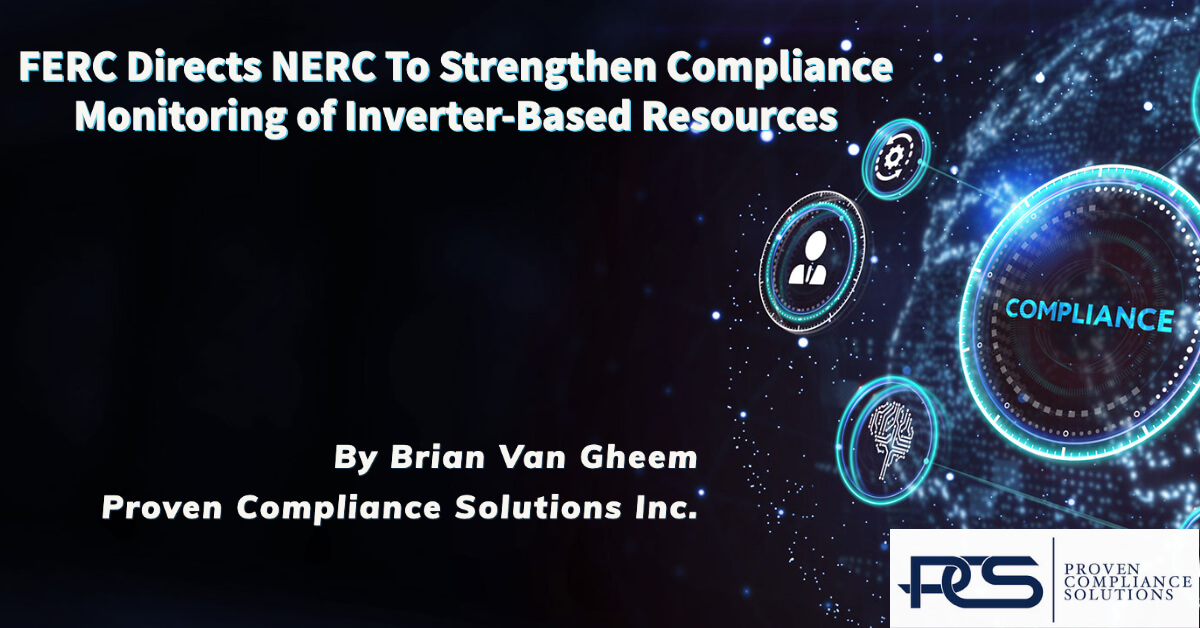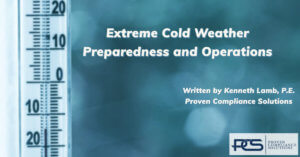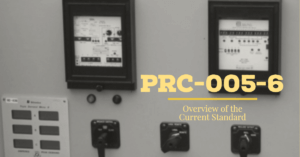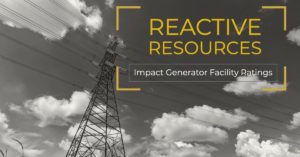During its November 2022 Open Meeting, the Federal Energy Regulatory Commission (Commission) issued an order (Docket No. RD22-4-000) directing the North American Electric Reliability Corporation (NERC) to develop a multi-year work plan that will enhance its registration, compliance monitoring, and compliance enforcement processes for Inverter-based Resources (IBR). These resources include energy producing generating facilities on the Bulk Power System that are powered by solar photovoltaic panels, wind turbines, fuel cells, and battery energy storage systems. The Commission Order was issued in response to significant system disturbances that recently occurred on the Bulk Electric System that were caused or which had mitigative efforts impeded because of the operations of unregistered IBRs. From the analyses NERC conducted regarding each of these system disturbances, a common attributing or identifiable factor was the presence of unregistered IBRs that were not required to comply with NERC Reliability Standards or respond to NERC Alerts. The Commission specifically identified that the order does not apply to IBRs connected to distribution level systems.
As the Commission-certified Electric Reliability Organization (ERO), NERC has 90 days to develop this work plan. The Commission has assured industry, regulatory, and public stakeholder groups that they will have an opportunity to provide comments. NERC has also been instructed to provide an update on the progress of completing this work plan every 90 days.
NERC has been directed to complete these registration enhancements within the first 12 months of the work plan. The Commission did suggest NERC could revise the current Bulk Electric System definition, which is listed within the NERC Glossary of Terms,[1] or revise the organization registration processes listed within Appendix 5A (Organization Registration and Certification Manual) of the NERC Rules of Procedures[2] to ensure that currently unregistered IBRs will be eligible for registration in the future. The Commission also directed NERC to enhance its material impact determination process (“materiality test”), listed within Appendix 5B (Statement of Compliance Registry Criteria) of the NERC Rules of Procedures,[3] to accommodate future usage and develop criteria that can measure if an IBR facility should be registered and required to comply with NERC Reliability Standards if that facility has an aggregate material impact on the reliable operations, planning, and security of the Bulk Electric System. In the past, NERC has not used its material impact determination process and instead exclusively relied on its Bulk Electric System definition and list of inclusions and exclusions for facility registrations.
NERC will then have another 12 months to implement these enhancements by completing a thorough and accurate identification of IBR-asset owners and operators that should be registered and required to comply with NERC Reliability Standards. Once identified, these newly registered IBR-asset owners and operators will have 12 months to comply with their applicable Reliability Standards.
The Commission also directed NERC, in a Notice of Proposed Rulemaking (Docket No. RM22-12-000), to develop an implementation plan within 36 months that identifies existing Reliability Standards or the need to create new Reliability Standards that will address various IBR-related reliability gaps. These gaps include data and information exchange between IBR-asset owners, operators, and other registered entities; model validation of Bulk Power System IBR-assets; incorporation of Bulk Power System IBR-assets within Bulk Electric System planning and operational studies; and performance requirements of IBR-asset owners and operators to demonstrate compliance with NERC Reliability Standards. The Commission did instruct NERC to expand its focus beyond that of the registered IBR-asset owners and operators. For instance, the Commission suggested expanding the obligations of Transmission Owners by requiring these entities to validate steady-state, dynamic, and short circuit modeling and control settings (e.g., related to momentary cessation, tripping, ride-through capabilities, and ramp rates) of unregistered IBR assets operating within their areas. Another suggestion was to expand the obligations of Distribution Providers to assess the interconnection performance requirements representative of observed steady-state and dynamic operations of unregistered IBR assets, in aggregate if necessary, that are operating within their areas.
PCS continues to actively monitor the developments of these activities and is prepared to help you navigate the complexities of NERC Entity Registration and Compliance with Reliability Standards.
If you’re responsible for monitoring NERC Standards activities and are looking for assistance with this effort, PCS has developed a web-based Standards Compliance Intelligence Portal (SCIP) that identifies standards in development and upcoming standards enforcement that is customized to each client’s needs and NERC registrations. Industry news and events, as well as regional and provincial activities are also tracked. For information on SCIP or how PCS can support your organization’s NERC Reliability Standards compliance needs, please contact Dale Zahn at (509) 504-5496 or visit our website at www.provencompliance.com.
[1]https://www.nerc.com/pa/Stand/Glossary%20of%20Terms/Glossary_of_Terms.pdf
[2] https://www.nerc.com/AboutNERC/RulesOfProcedure/Appendix%205A%20effective%2020210119.pdf
[3] Pages 7-8 of the document found at https://www.nerc.com/AboutNERC/RulesOfProcedure/Appendix%205B.pdf






